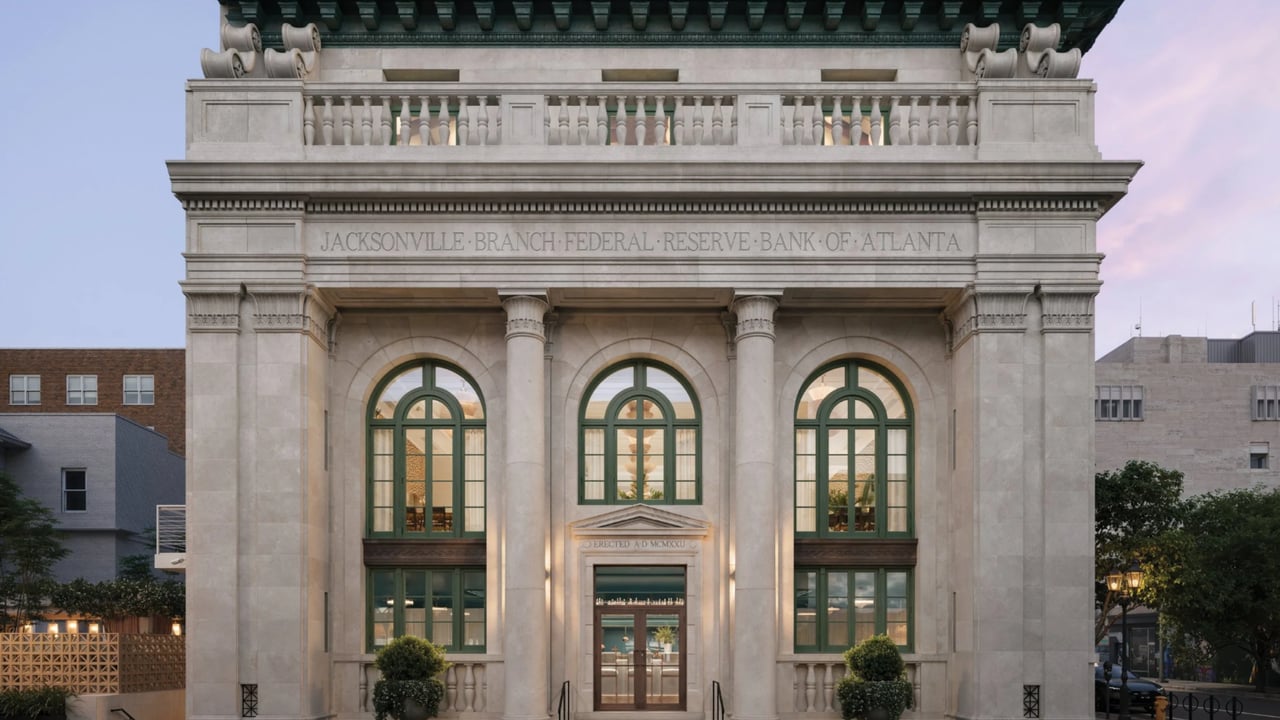Generally speaking, wealthier citizens around the world are more mobile than ever. Especially as the global economy emerges from the pandemic, more buyers are maintaining multiple residences, whether in different states or on different continents.
Tax, Regulation Still Dictate Migration in Some Markets
Franky Cho, COO, List Sotheby’s International Realty, Hong Kong works within a real estate market where the government is especially ambitious in building a favorable ecosystem to attract immigration.
“The government has been driving new initiatives to attract more talent and wealthy individuals to Hong Kong,” he says. “We see this as a new opportunity to capture new crops of high-net-worth clients, especially from mainland China.”
Specifically, actions like the talent-admission plan, which offers a 24-month visa for certain applicants of a particular education and annual income standard, is driving higher demand for quality housing. Cho expects this particular demographic to buy or rent condos close to the most vibrant parts of Hong Kong, with extra focus on newer buildings for mainland China clients.
“They expect turnkey properties with everything ready to move in,” he adds. What’s more, the introduction of the single-family office tax plan in May 2023 realized compelling tax incentives for family offices to set up their operations in Hong Kong.
Cho says certain families are now able to incorporate high-end luxury properties as part of this new tax vehicle, and it’s making transactions possible now where they may have been previously less advantageous for an investment portfolio.
In Southern California, a new property tax is driving some migration out of the city of Los Angeles. The tax, known as ULA, added a one-time tax at the time of transaction on real estate within the city, with properties valued above US$5 million enduring an additional 4.45% tax, and properties above US$10 million a 5.95% tax.
“It’s causing more high-end owners to consider a move,” says Jennifer J. Janzen, real estate associate, Pacific Sotheby’s International Realty.
Primarily operating in the quieter North San Diego County area, she has seen more buyers move south from Los Angeles and Orange County not only to escape the tax, but to get more value. These buyers are balancing out those escaping California’s high tax burden, moving to tax-advantageous states like Texas, Florida, Tennessee, and Wyoming.
“If they don’t move entirely, they will downsize locally and make their out-of-state property their primary residence,” she adds.
Uncertainty About Global Economy Drives Caution
In Austin, Texas, Bridget Ramey, Kuper Sotheby’s International Realty associate, confirms that there is a surge of buyers moving to the Lone Star state to escape some of those high costs, especially people in their 50s.
“Buyers were quiet in the first part of 2023, and there’s more inventory now, so buyers are more discerning,” she says. “We’re still above where we were pre-pandemic with pricing, so that’s a success in my book.”
She’s seeing second- and third-home owners keep a downsized residence in the market, but leave during the hot Texas summers. She notes that housing prices have come down also in large part to interest rates.
“You used to have to pay 20% over asking, but now a home is priced 20% lower, though rates still play a role,” she says. “What we’re trying to do is be very pragmatic with pricing. Putting a high number on a listing before may have been worth it, but now potentially not as much.”
In contrast, Savvaidis says that in 2024 it will be less about caution and more about Greece’s economic recovery. An increased willingness from Greek banks to offer international financing, along with a potential interest-rate reduction in the second quarter of the year, could add more impetus to international buying power.
“This enhanced accessibility (of loans) is expected to play a pivotal role in driving demand and closing deals in the luxury real estate sector,” he says. “Easier financing, compared with previous years, is projected to incentivize more buyers to invest in Greece’s upscale properties.”
A More Climate-Resilient Outlook
The changing climate continues to be another driver for luxury buyers, as they factor sustainability and environmental awareness into their purchasing and selling decisions.
It comes as no surprise that buyers in Southern California are now much more cognizant of wildfire risk, and Janzen notes that’s spurring builders to design homes that are more fire-resistant, whether through landscaping, material choices, or otherwise.
“It’s a continued emphasis here,” she says. “Many new buildings are also being designed and constructed with solar panels, high-efficiency HVAC, and LEED [Leadership in Energy and Environmental Design] certification.”
Savvaidis says sustainability is going to take “center stage” in 2024, especially through the integration of smart homes and other cutting-edge technologies. “A renaissance is unfolding,” he says. “Time-honored materials like marble and stone are enjoying a resurgence, while contemporary designs with sleek lines remain prevalent.”
International buyers are driving these design choices, especially as they shift toward smaller, more manageable properties. Savvaidis notes this transition is helping grow the town-home market, and allowing buyers to look at some of Greece’s more underdeveloped areas along with particular island locales.
Downsizing does not mean sacrificing amenities, though. “Serviced apartments and buildings offering hotel-style amenities are revolutionizing the concept of luxury living,” he says.
Globally speaking, the luxury real estate market is adapting to a new kind of buyer who understands that enjoying a quality residential offering will mean being more adaptable to the ebbs and flows of an unpredictable global landscape.




